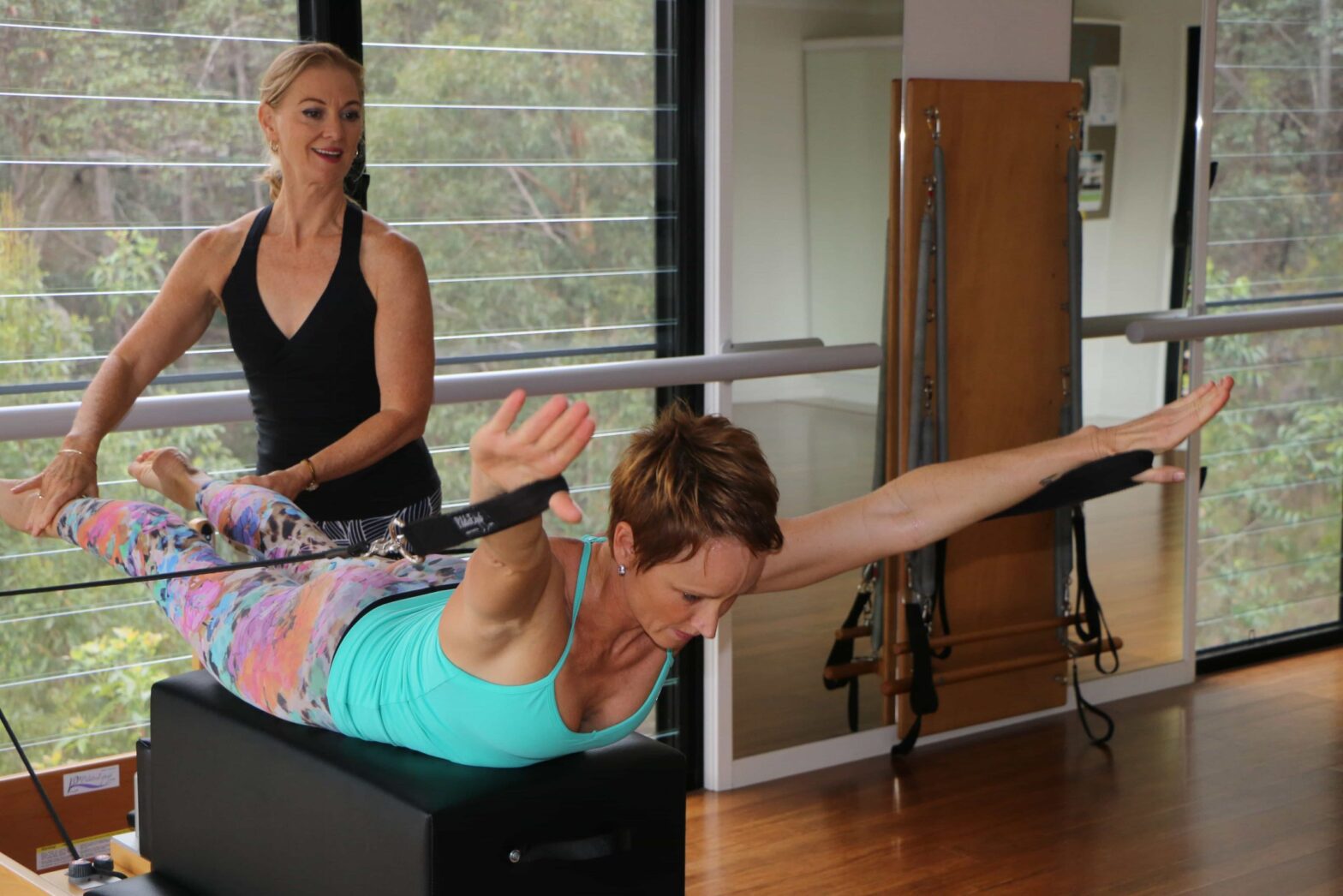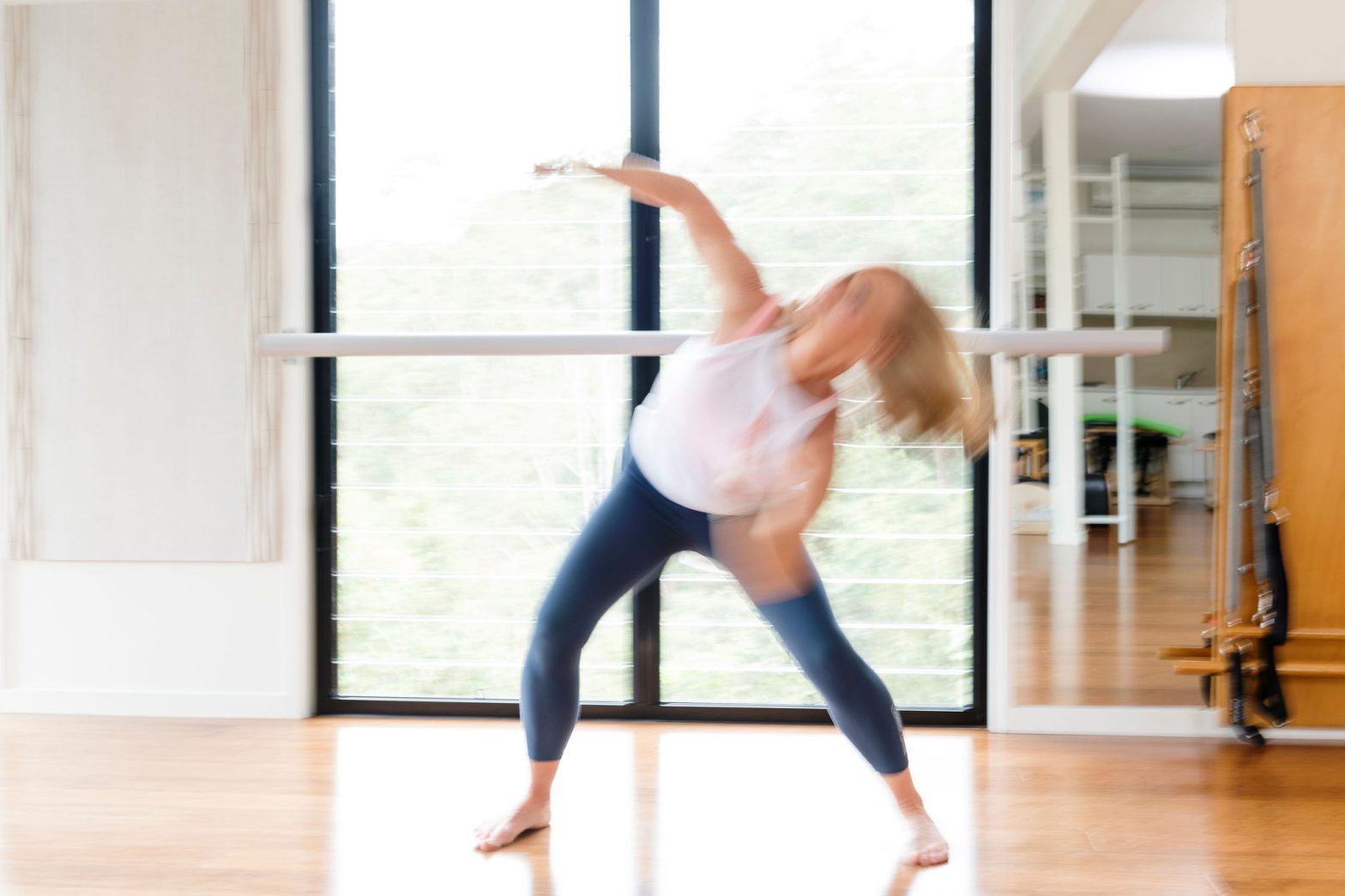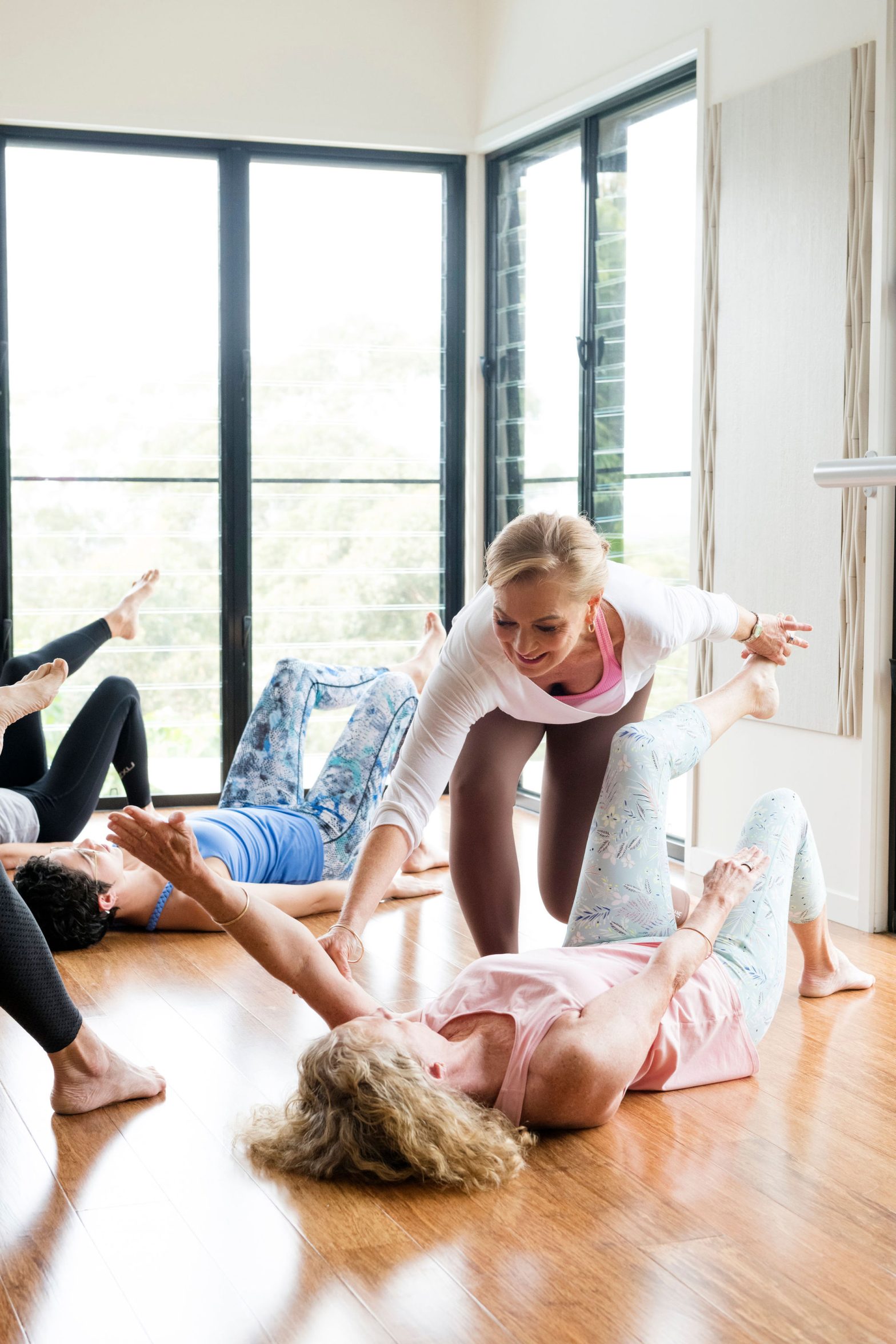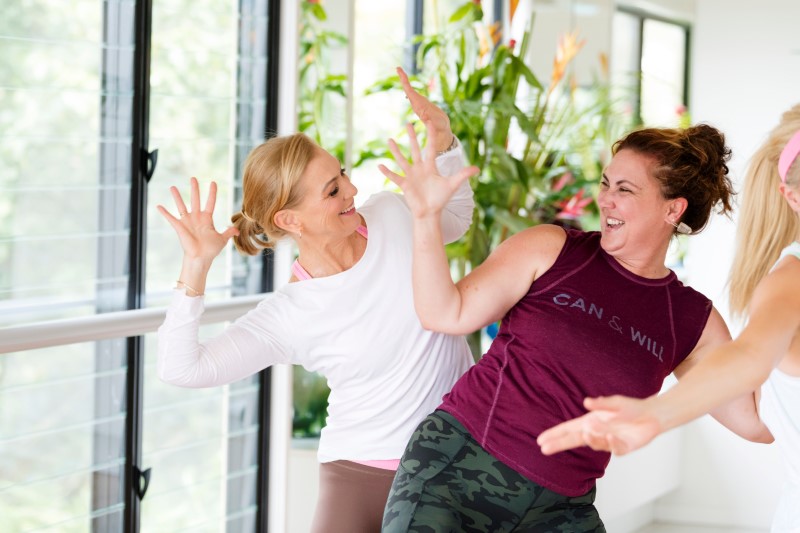
What is a Pilate Instructor
Posted on June 10, 2019 by adminThe term “Pilates Instructor” refers to an individual who is trained in the Pilates method and who instructs clients using the method, whether the instruction is in a group setting or a ‘one on one’ private session.
There are various ‘branches’ or styles and many applications of the Pilates method. There is also great variety in the caliber of the instructor depending upon their level of training and experience.
Pilates is usually separated into two distinct groupings- Mat Pilates and Equipment Pilates.
Mat Pilates is the inceptive version of the practice, developed by Joseph Pilates himself in the early 1900’s. It consists of a number of bodyweight exercises performed on a mat, designed to improve core strength, general health and wellbeing. Nowadays mat work has evolved to incorporate a number of small apparatus such as the Magic Circle, the Foam Roller, elastic bands and any number of various balls, wedges and straps. Mat Pilates is truly challenging when done correctly and is a fantastic overall activity for most able bodied individuals. The additional advantage is that Mat classes can be delivered just about anywhere- from gym floors to community halls, at the beach or in a specialist studio/clinic environment- as long as there is a flat space for the mats.
A Pilates Instructor delivering these sessions is often called a Matwork Instructor.
The term “Equipment Pilates” separates the method further into several sub divisions. The most common piece of equipment you will have heard of is undoubtedly the “Universal Reformer” (usually just called the Reformer). This piece of equipment is a large bed type contraption equipped with straps, pulleys, wheels and springs. These machines are the ones most often associated with the Pilates method. Originally designed for injury rehabilitation, Reformers are now commonplace in studios, gyms and in the clinics of Allied health practitioners such as Chiropractors and Physiotherapists. Some studios use the Reformer solely for group exercise, with classes of 10+ participants at one time all performing the same program. Other more specialised Pilates and Allied health clinics and institutions turn their focus to rehabilitation by designing programs for clients based upon existing injuries and pathologies, pre and post natal care and for older clients requiring gentle but strong regular exercise.
A Pilates Instructor delivering these sessions only on the Reformer is often called a Reformer Instructor.
The other main equipment types that fall under the umbrella of “Equipment Pilates” are the Cadillac, which boasts a bed like design similar to that of the Universal Reformer, however unlike the reformer, the bed of the Cadillac remains stationary and the headboard of the bed contains the origin of the springs and bars. The Barrel, which has a few various incarnations, some Barrels are quite tall (often called Ladder Barrels) while some are closer to the ground. The shape and design of the Barrel may vary slightly however the majority of the exercises performed on these pieces of equipment remain consistent. Lastly, there is the Wunda Chair which provides the clients with the ability to perform the exercises from an upright position which is especially beneficial for pregnant clients.
Each piece of equipment has its own collection of exercises- often referred to as repertoire. Some of these exercises have been specifically designed for that piece of equipment and some have been adapted for the piece from the original repertoire as designed by Joseph Pilates himself. The modifications and changes in position needed to perform exercises for individual clients needs on these pieces of equipment enables the instructor to challenge the client’s strength and stability with varying relationships to gravity, and supported vs unsupported.
A Pilates Instructor delivering these sessions only on all the equipment is often called a Studio Instructor or an Equipment Instructor.
Whilst the equipment and the fundamental goal behind the exercises stays consistent, the real variation in Pilates comes from the way in which the method is taught and the caliber of training that the instructor has received. Therefore a Pilates Instructor may be trained solely in mat work or just in one aspect of equipment Pilates. For example, many Physiotherapists and Exercise Scientists choose to just take a Short Course on the Reformer- knowing that this is the only piece of Pilates equipment that they have in their clinic, and therefore, all they need to know to work with their clients in their facility. Other practitioners have the intention of offering exercises for all levels and abilities or want to know about all the aspects of the Pilates Method (as designed by Joseph himself) and therefore will need sufficient knowledge in anatomy, physiology and pathologies to work alongside other allied health professionals using all the equipment.
Latest Blog Post

The Benefits of Somatic Movement Therapy Training in Australia
Somatic Movement Therapy is a rapidly growing field that combines techniques from Dance Movement Therapy and Somatic Psychology with an understanding of how the body moves. Through experiential movement sessions and developmental awareness, Somatic Movement Therapy aims to help clients reconnect with their innate movement intelligence and gain insights into emotional and physical patterns. Training …
Continue reading “The Benefits of Somatic Movement Therapy Training in Australia”

A Guide For Pilates Instructors: 6 Indicators Your Client Understands An Exercise
Excellence in Pilates can commonly be defined as the art of understanding an exercise. As a dedicated Pilates trainer, one of your top priorities is ensuring that your clients grasp the essence of each exercise. While their enthusiasm and effort may be evident, gauging their understanding is crucial to maximise their progress and prevent potential …
Continue reading “A Guide For Pilates Instructors: 6 Indicators Your Client Understands An Exercise”

Certification Pathways for Pilates Instructors in Australia
If you have a passion for Pilates and are considering becoming a qualified instructor, it’s important to understand the various certification pathways available in Australia. As a government-accredited training provider, Tensegrity Training is well-positioned to guide you on your journey to becoming a professionally recognised Pilates teacher. There are generally two main qualifications that Pilates …
Continue reading “Certification Pathways for Pilates Instructors in Australia”

